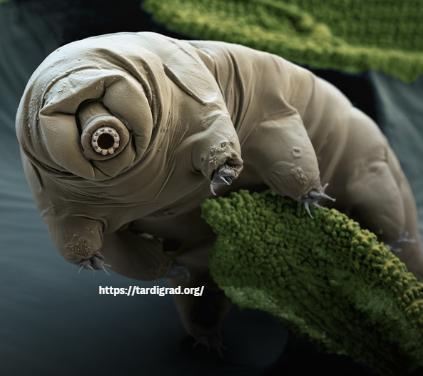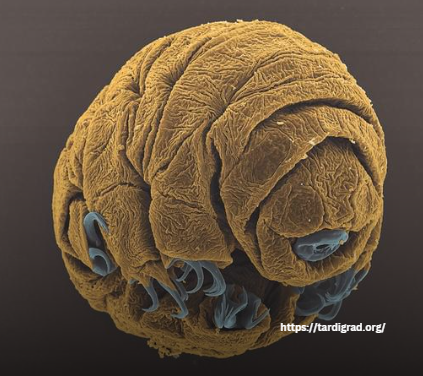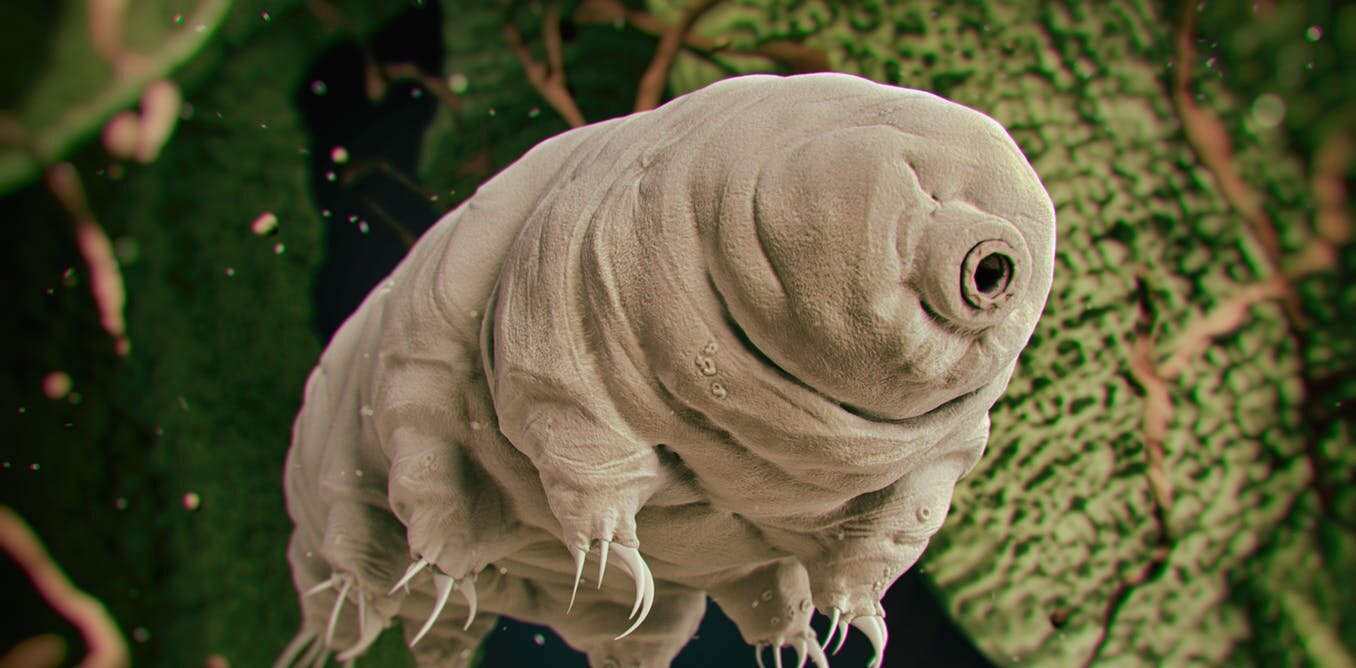Anatomy and morphology
The study of the physical structure and form of tardigrades, including their internal organs, nervous system, and reproductive systems.
Introduction:
Tardigrades, also known as water bears, have captivated scientists and nature enthusiasts alike with their extraordinary resilience. In this blog post, we delve into the captivating world of tardigrades by exploring their anatomy and morphology. From their internal organs to their intricate nervous and reproductive systems, prepare to be amazed by the microscopic wonders that lie within these fascinating creatures.

Body
Anatomy of Tardigrades:
Tardigrades possess a unique body structure that contributes to their exceptional survival capabilities. Despite being less than 1.5 millimeters in length, they display an impressive level of complexity. Their body consists of four segments: the head, trunk, & two pairs of legs. Within these segments, their internal organs are housed, each serving a vital function.
Internal Organs:
Tardigrades possess a simple digestive system comprising a mouth, pharynx, esophagus, and intestine. Their food is broken down into nutrients, providing sustenance for their survival. Additionally, they possess a contractile vacuole, which helps regulate their internal osmotic
pressure
Nervous System:
Tardigrades possess a primitive nervous system, consisting of a pair of cerebral ganglia (the brain) and several longitudinal nerve cords. This intricate network allows them to process sensory information and coordinate their movements.
Reproductive Systems:
Tardigrades exhibit fascinating reproductive strategies. They can reproduce both sexually & asexually, depending on the environmental conditions. In favorable environments, they reproduce through sexual reproduction, with males transferring sperm to the females. In less favorable conditions, they can enter a state of cryptobiosis, forming resistant eggs called cysts, which can survive extreme conditions until more suitable environments emerge.

Frequently Asked Questions
Tardigrades are incredibly tiny, measuring less than 1.5 millimeters in length.
Yes, tardigrades are known for their remarkable resilience, with the ability to survive extreme temperatures, radiation, and even the vacuum of space
Tardigrades possess a primitive nervous system, consisting of a brain and nerve cords, which allows them to process sensory information and control their movements.

Conclusion:
The study of the anatomy and morphology of tardigrades reveals the astounding complexity hidden within these microscopic creatures. From their internal organs and intricate nervous system to their fascinating reproductive strategies, tardigrades continue to captivate scientists & researchers worldwide. By unraveling the secrets of tardigrades, we gain a deeper understanding of the resilience and adaptability of life in the most unlikely places.
Next time you observe a drop of water, remember that within it may lie a hidden world of wonders, where tardigrades reign supreme, showcasing the marvels of evolution and the beauty of nature at its smallest scale.
